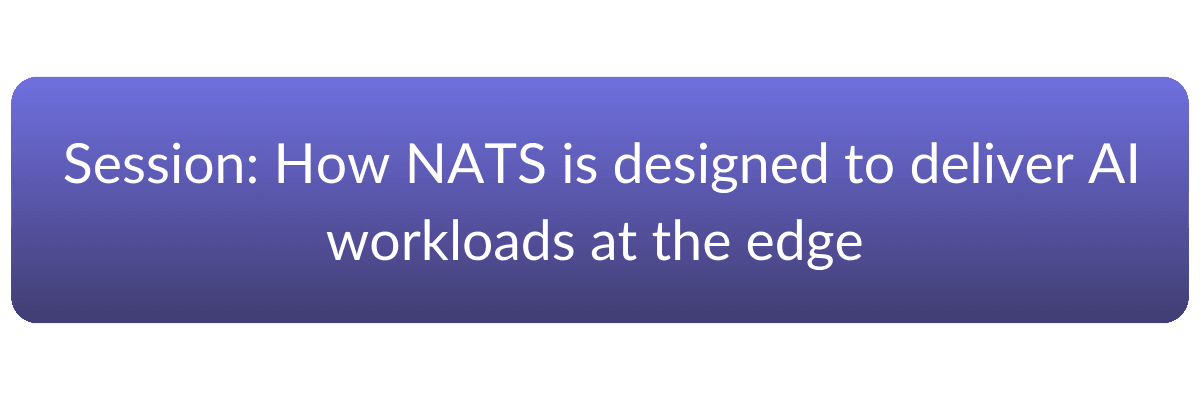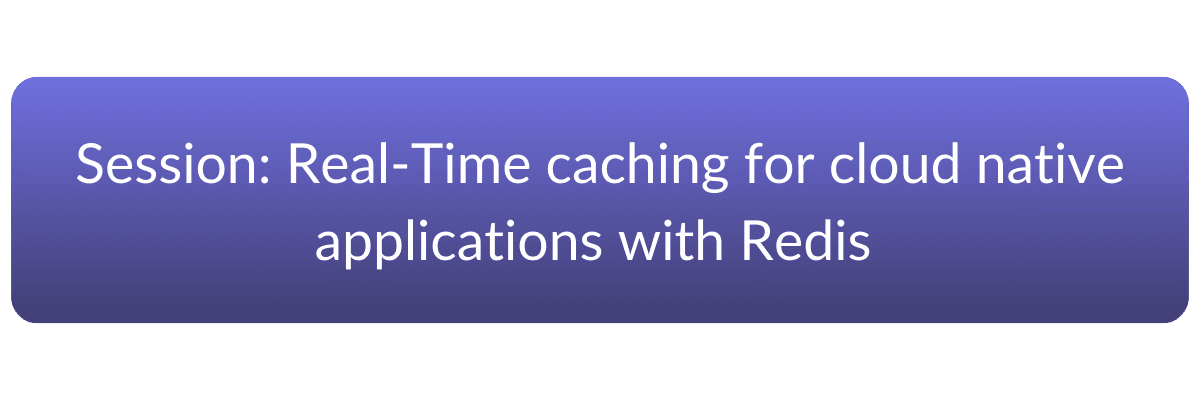Highlights From KubeCon + CloudNativeCon North America 2023
The MacStadium team joined tech enthusiasts and cloud native communities at KubeCon + CloudNativeCon North America 2023 in Chicago last week, and it did not disappoint.
Developers and IT professionals gathered to share innovations and discussions around cloud native computing and solutions revolving around container orchestration with technologies like Kubernetes.
Let’s take a look at some of our favorite sessions and highlights from the event:

Session: How NATS is designed to deliver AI workloads at the edge
Session overview:
This session consisted of the NATS engineering team sharing community and product roadmap updates for NATS – a powerful communication substrate technology. They also demonstrated the power of a real multi-cloud solution with leaf nodes and gateways to create a highly distributed topology that extends all the way to the edge.
Our thoughts:
MacStadium Chief Technology Officer, Chris Chapman, and Lead Software Architect, Taylor Moss, attended this innovative session, and watched the live demo of edge-based AI come to life. The presenters used peering and connecting technology called NATs. NATs has the power to enable things like edge and multi-cloud compute “It showed the power of scalable and edge-based networking with a dash of AI processing for fun,” said Chapman.
The session included an interesting AI object recognition demo using the presenter’s webcam, which was then streamed out to the session participants’ laptops. The presenters then added a local server to the cluster of participants to show how this increased performance seamlessly.

Session: 15000 Minecraft players versus one k8s cluster. Who wins?
Session overview:
Super League Gaming (SLG) relies on bare metal Kubernetes infrastructure, which has been successfully used for both high-stakes esports leagues and casual Minecraft sessions on Minehut. This session explained why SLG favors bare metal, its approach to handling variable workloads, and valuable lessons learned from a significant migration, offering insights for those considering Kubernetes on bare metal.
Our thoughts:
From Apple’s recent event this year, we all know gaming is a huge focus in the macOS and iOS community.
This was a popular session amongst attendees, as the presenters dove headfirst into the world of gaming and variable workloads with extreme scalability and security. In our opinion, it was an excellent case study in the capabilities that can be architected with Kubernetes.

Session: Gateway API: The most collaborative API in Kubernetes History is GA
Session Overview:
Gateway API has reached General Availability (GA), marking a collaborative milestone in Kubernetes history with over 150 contributors and 20 implementations. This API signifies a significant shift in Kubernetes API development. This session covered the implications for the Kubernetes ecosystem and provided an overview of its uses for load balancing, in-cluster routing, and service mesh configuration, along with insights on migrating to Gateway API.
Our thoughts:
This session introduced a really big paradigm shift in the way Kubernetes will be able to handle networking and cluster communication in the future. Our team enjoyed learning about this emerging idea and all the potential it has to offer.

Tutorial: Building Cloud-Native Applications Using WebAssembly and Containers
Tutorial overview:
This tutorial covered everything users need to get started with WebAssembly (Wasm) on Kubernetes. Starting with an introduction to the system interface (WASI) and ending with hands-on exercises writing your own Wasm service. Participants experienced first-hand how to build production-ready Wasm applications.
Our thoughts:
Our team thought this was not only a useful overview of Wasm and the WASI, but did a great job explaining how they can be utilized to deploy backend and “serverless” applications easily. Wasm was originally intended to be used on the browser but is growing in popularity as a way to create applications that are architecture and operating system-agnostic for the backend as well. It also has the advantage of being compiled from virtually any programming language.
During the tutorial, participants used Fermyon’s Spin framework, which uses the Wasm component model and Wasmtime runtime to make it very easy to set up, build, and deploy with Wasm.
“We utilized Fermyon’s Spin framework for Wasm to create a “Hello World” app with the programming language of our choosing and deploy quickly to a serverless cloud service,” says Moss.
Following that, participants learned how to take Wasm application and create a Docker image, run it, and deploy it to a K8s cluster.
“One interesting aspect was that the application image was run directly as Wasm application via a containerD Wasm shim and not run as a typical application inside of a Linux container,” says Moss.

Session: Zero-Downtime Live Migration of Stateful VMs on Kubernetes
Session overview:
Working with VMs on Kubernetes presents challenges due to their divergence from the container ecosystem's standards, particularly in the areas of VM starting, migration, and downtime. This session introduced how r3map addresses these issues, enhancing the user experience for stateful applications on Kubernetes by accelerating migrations, maintaining persistent network connections, and ensuring zero downtime.
Our thoughts:
Our team thoroughly enjoyed this live demo that included an impressive real-time migration of a VM running a Minecraft server from a node in New York City to a node in Frankfurt. During this time, the players of the Minecraft game were uninterrupted during this migration.
Loophole Labs has developed an innovative set of open-source tools to migrate VMs (running on the Linux hypervisor) within Kubernetes between (distant) locations with zero downtime.
“This talk resonated with me as it described the reasons and challenges of running stateful workloads in Kubernetes and why VMs are often a primary choice for this challenge,” says Moss.

Session: Real-Time caching for cloud-native applications with Redis
Session overview:
In-memory caches are vital in cloud-native architectures, improving application performance by serving data with low latencies. This session went over best practices for maximizing Redis as a flexible and available cache, demonstrating its use with standard CNCF and open-source components for real-time data applications.
Our thoughts:
This technical deep-dive session on the design patterns of cache management with Redis and caching patterns in general was an awesome session to attend.
“It was very interesting from a performance optimization and architecture perspective,” says Chapman. “Caching seems straightforward, and it can always boost speed, but there are definite gotchas and patterns that can make or break you.”
Tl;DR
From AI to Minecraft servers, and everything in-between, the MacStadium team came away from KubeCon + CloudNativeCon 2023 with ideas and inspiration for the future development of Mac DevOps solutions.
In the meantime, learn more about how to orchestrate full-weight macOS VMs using Kubernetes with MacStadium’s newly released Orka 3.0.
